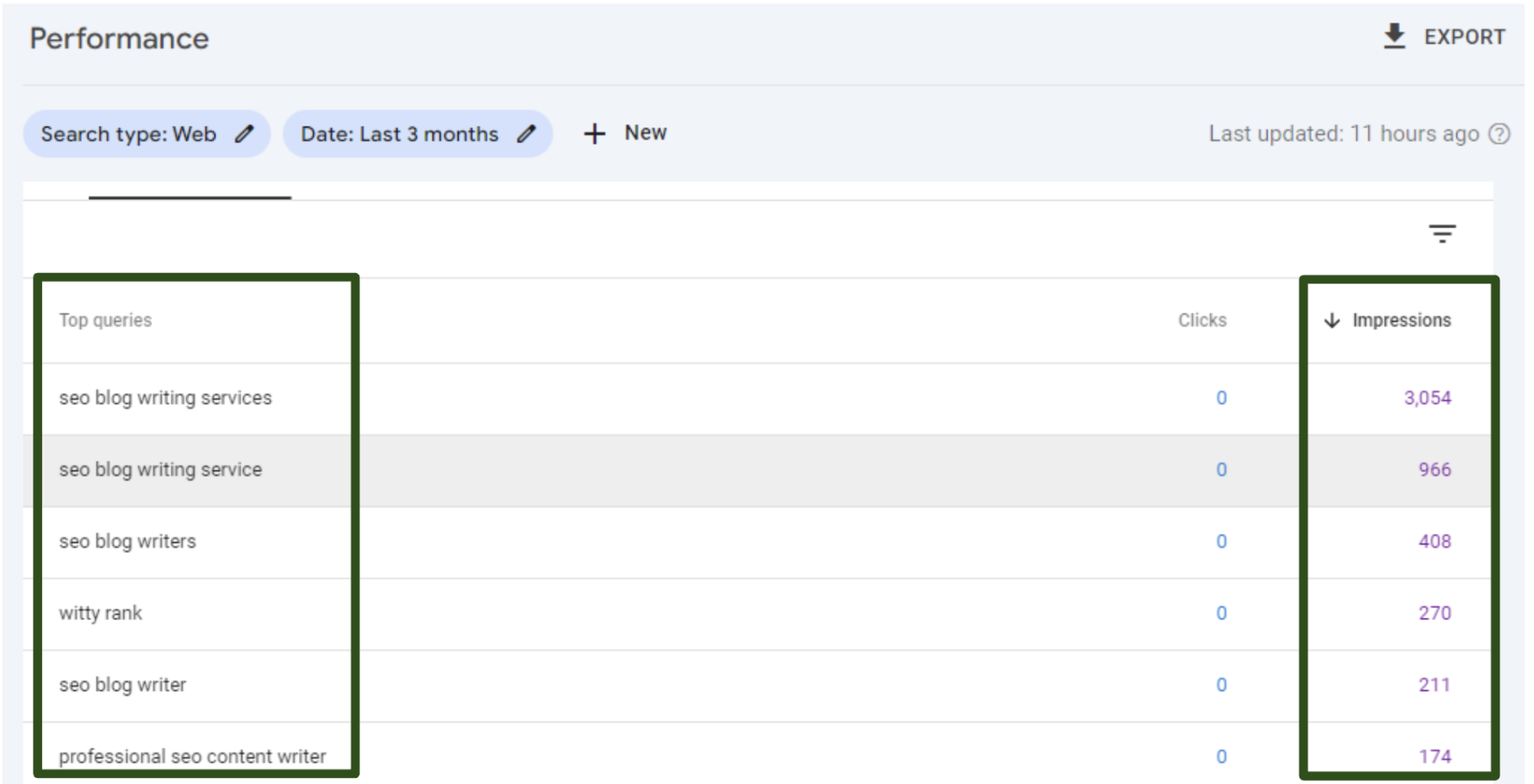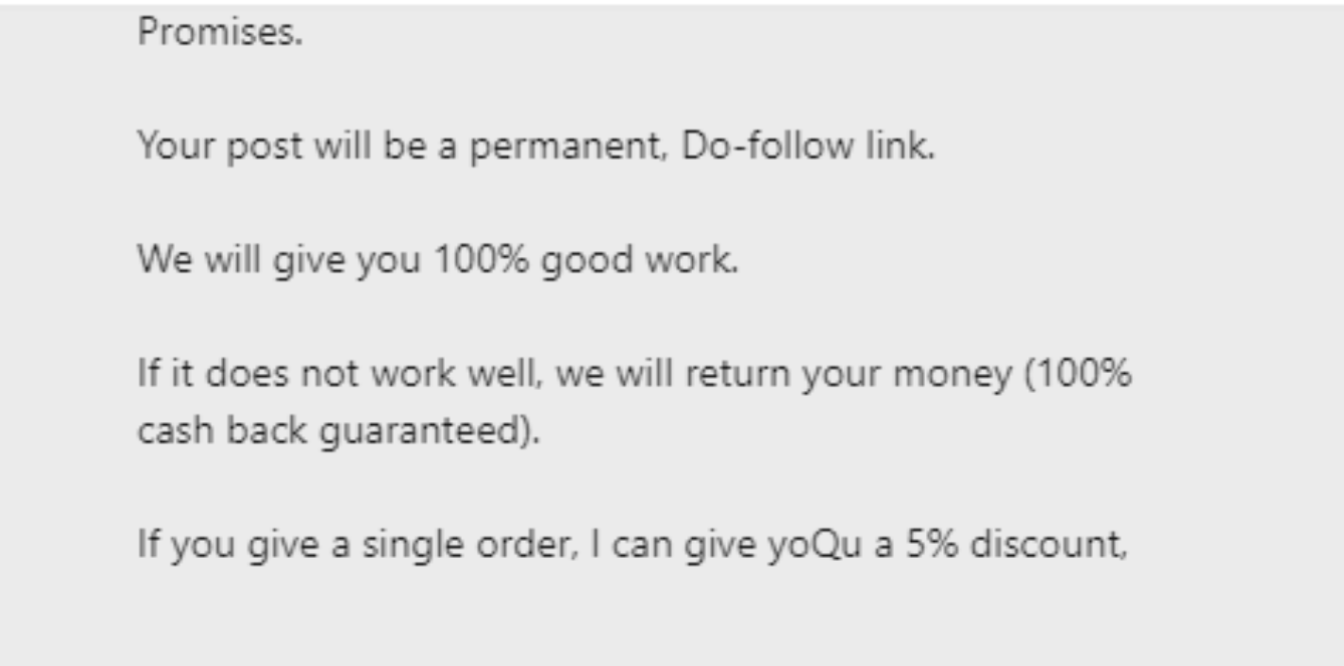Top tips for writing SEO-friendly content that ranks
Google’s automated ranking systems are designed to present SEO-friendly content to users. By that we mean content that provides helpful, trustworthy information that’s primarily created to benefit people, and not to manipulate search engines for higher rankings in the search results.
With Google’s introduction of the Helpful Content System & Ranking update in 2022, and the subsequent updates, particularly the March 2024 Core and Spam Updates, many sites saw an extreme decline in SEO visibility. There’s a possibility that this happened because non-helpful content was created fast and at scale, which goes against Google’s guidelines.
Future algorithm updates are an inevitability and many websites are wondering what will be the long-term impact. What strategies can be implemented when it comes to creating SEO-friendly content that ranks and will continue to do so?
What is an SEO-Friendly blog post and why is it important?
An SEO-friendly blog post is one that’s written with the aim of fulfilling search intent by satisfactorily answering a user’s query.
Most importantly, it’s helpful, engaging content written for people-first. The content should be informative, trustworthy and provide value for your readers. It is also optimized to rank well in the SERPs for targeted queries your audience uses to search for your products or services.
“There are a lot of factors that go into creating an SEO-friendly blog post, but the most important signal I’m seeing Google looking for right now is helpful content.
Was the content written by someone with first-hand knowledge? Does the content go above and beyond to help a reader? If a language model AI can write it, then it has already been written before. Content that truly improves on what has already been said is essential in 2024.”
– Erin Doland, Senior Strategist, SEO at Amsive
If you’re looking for a sustainable, cost-effective marketing strategy for continued growth, then SEO-friendly content is the way to go.
Writing SEO-friendly content puts your website in front of the right audience and also helps search engines understand your content. It increases your chances of appearing at the top of search results, which translates into more website traffic, higher brand awareness, and ultimately, more potential customers which can increase your return on investment (ROI).
Tips for writing SEO-friendly content
Blog posts are still the king of content, with 9 out of 10 marketers using them to achieve their content goals, according to SEMrush’s State of Marketing report.
Below are some tried and true tips for writing SEO-friendly blog posts:
Choose the right topic based on keyword research
Since Google processes 99,000 searches every second, data-driven keyword research gives you a window into your target audience’s minds. To fulfill search intent and outrank your competitors, you need to look at what the data says in tools like Semrush, Google Search Console and Sistrix to get insights into what your competitors are doing and which keywords you need to incorporate in your strategy.
Here are a few important terms you’ll come across in keyword research:
- Branded keywords: Keywords with a brand name.
- Seed keywords: Keywords used to begin the research process and discover more target phrases.
- Primary keywords: The main topic or principal terms for which you’ll optimize your content.
- Secondary keywords: Synonyms and slight variations of your primary keyword.
- Semantic keywords: Terms and phrases related to the topic.
- Long-tail keywords: More specific and longer search terms. They usually have a lower search volume but have a higher level of intent.
- Short-tail keywords: Shorter, more popular terms that tend to be general and have a higher search volume.
Pro-tip: Utilize the People Also Ask queries from SERPs. Better yet, use tools like AlsoAsked to find these queries in bulk and try and answer them within your content. Remember SEO-friendly content isn’t about stuffing your blog with queries that don’t provide value. Answer the questions exhaustively to provide value to the user.
One simple method I use to identify keywords that I should be capitalizing on is using Google Search Console. Here’s how:
Step 1: Log in to your GSC account, select a property then click on Performance as shown in the image below.

Step 2: Click on Impressions so that they are arranged in a descending order, from the highest to the lowest.
The higher the impressions, the more you should include these queries in your strategy. That’s because they provide a sense of how often your website is surfacing in search results for these queries. The more impressions you have, the higher the chance users might see your website and potentially click on it.

Pro-tip: Long-tail keywords contain more specific phrases that attract a highly targeted audience with greater buying intent. For example, using the keyword “best stability running shoes for a flat foot” instead of just “running shoes” will attract runners with a specific need, increasing your chances of conversion.
Keyword research is an ongoing quest. Regularly revisit your strategy to ensure you’re targeting the right keywords and capitalizing on emerging trends. With a data-driven approach, and the power of well-researched keywords, you can build a strong foundation for SEO success with your content.
Fulfill search intent
All content, as we mentioned earlier, is created to fulfill a certain purpose, and SEO-friendly blog posts do just that; they fulfill search intent. That means understanding the deeper reason behind a user’s search query and writing content that fully addresses their needs and goals by anticipating what information the user is really looking for.
There are four main types of search intent:
- Navigational intent is all about finding a specific website or resource. Think of it like asking someone for directions.
- Informational intent is all about education. When users search for things like “planting a garden,” they’re seeking knowledge and answers.
- Commercial intent kicks in when users are in research mode, comparing options and getting closer to a purchase. For example, someone searching for “best place to buy cars” is likely considering their buying options.
- Transactional intent is clear-cut; users are ready to convert, often through a purchase. A search for “buy flower seeds” leaves little doubt about their intention.
By understanding search intent and tailoring your content to better serve your audience, at each stage of the search intent funnel, you can provide valuable information to users, building trust and drive conversions.
Show the E in E-E-A-T
Experience in EEAT was created to help people find useful and relevant information without having to sift through tons of unhelpful or unrelated content first. Potential customers prefer to read about a product or service from someone who has first-hand experience rather than one who’s never interacted with it before. Reading such information makes their buying decisions easier.
In the image below, we can see how the author shows expertise in their blog:

As you can see in the chart below, this particular site saw no decrease in visibility because of the September Helpful Content Update or the March Core and Spam updates. Most likely because they showed expertise and signaled helpful content to both search engines and site visitors.

SEO-friendly blogs help people feel empowered in the information gathering process or when making a purchasing decision. First-hand, legitimate experience can be the difference between a lead, sale, or conversion.
Offer different content formats
Once you’ve identified your ideal reader and what buyer stage they are in, it’s time to dig deeper to understand their challenges and desires in order to tailor your content to their specific needs.
Some examples of different content formats to consider include:
- Case studies: Showcase your expertise, and demonstrate how you’ve tackled client challenges and achieved success while building trust and credibility. Case studies help readers better appropriate how certain situations can apply to their personal needs or experiences.
- E-books: These offer comprehensive information, analysis, or guides on a specific topic. They are in-depth resources that serve as valuable lead magnets or standalone resources.
- How-to guides: Provide step-by-step instructions for specific tasks or skills. They help you break down complex processes into clear, actionable steps that your reader can use to solve a problem.
- Top XX-type articles: These are reviews that offer your readers a quick overview of standout options (e.g., “Top 10 SEO Tips”) to help them decide what product/service suits them best.
The importance of UX
According to Google, there is no single “page experience signal” that Google Search uses for ranking. Their core ranking systems look at a variety of signals that align with overall page experience.
A UX-focused SEO strategy makes your website search engine friendly and user-friendly. The results? A better user experience, higher engagement, and improved search rankings
Here’s how you can craft an SEO-friendly blog that prioritizes UX:
Headings and subheadings
Write clear and descriptive headings (H1, H2, H3) and break down your content into digestible sections. They guide readers, improve scannability, and offer a glimpse into your blog’s organization.
Concise paragraphs and sentences
Avoid large blocks of text and keep your paragraphs short and focused, with clear and concise sentences. This makes your content easier to absorb, especially for users on mobile devices.
Bullet points and lists
Present complex information in clear, scannable bullet points or numbered lists to make your content easier to digest or skim. It’s important to note, though, that you should avoid writing a whole article in bullet points because It gives the impression of a rough draft.
Visual appeal
Use high-quality non-stock images, infographics, or charts to complement your text. Visual elements break up text monotony, enhance comprehension, and make your content visually appealing.
Incorporate compressed multimedia elements (like images, videos, or audio) that are optimized for fast loading times while still considering accessibility features like alt text descriptions.
Whitespace is your friend
Leave ample space between paragraphs, headings, and images to create a clean and visually appealing layout.
Formatting consistency
Maintaining a consistent font style, size, and color scheme throughout your website portrays professionalism and brand authority. Consistent formatting creates a positive reading experience for your web visitors.
Logical flow
Make sure your content has a well-written story flow, with ideas progressing naturally from one point to the next. Use clear transitions between sections to guide your readers smoothly through your narrative to keep users engaged from beginning to end.
Technical SEO considerations for SEO-Friendly content
Technical SEO is the invisible backbone of any successful website’s search engine presence. It ensures search engines can effortlessly crawl, understand, and index your content.
The area of technical SEO can be vast, but below are some of the key points you should focus on.
Optimize your URLs and titles
Keep your URLs user-friendly and include relevant keywords that accurately reflect the content on the page. This helps both users and search engines understand what your page is about at a glance. Remember to keep them sounding natural. Do not stuff them with keywords.
Ensure your titles grab attention and accurately represent your content. (Backlinko suggests including your target keywords naturally within the first 60 characters) – the ideal length for optimal display in search results.
[Case Study] Driving growth in new markets with on-page SEO
Include keywords in your meta description
The meta description doesn’t directly influence SEO ranking, but it plays a vital role in enticing users to click through. Include keywords naturally and include a clear call to action.
Also, make sure the entire meta description is visible and isn’t cut short. I’ve included an example of my own site’s meta description below to give you an idea of what I mean.

Build trust and authority with strategic linking
High-quality backlinks from reputable websites in your niche send positive signals to search engines about the credibility and value of your content. A well-planned backlinking strategy is essential for boosting your website’s authority and visibility.
The only rule is quality over quantity – avoid spammy link-building tactics like link exchanges or paid links. If you’re on LinkedIn, I’m sure you’ve received such a “Dear madam/sir” direct message from somebody promising backlinks to very authoritative sites to help with your rankings (see image below)
Do not fall for it. According to Google, their Spam policy for Google web search states :
“Any links that are intended to manipulate rankings in Google Search results may be considered link spam. This includes any behavior that manipulates links to your site or outgoing links from your site.’’
They further define examples of link spam as buying or selling links for ranking purposes. This includes:
- Exchanging money for links or posts that contain links.
- Exchanging goods or services for links.
- Sending someone a product in exchange for them writing about it and including a link.

Remember to link to relevant internal pages within your website to satisfy user intent by providing related information to improve user experience. By so doing, you help guide search engines through your content structure and help them understand the overall architecture of your website.
Optimize your content for featured snippets
Featured snippets, also known as answer boxes, appear at the top of search results for specific queries. Optimizing your content for featured snippets can significantly increase your website’s organic traffic.
Do this by structuring parts of your content to answer potential user questions clearly and concisely. Think of yourself as a helpful expert providing valuable information. You can optimize for a paragraph or a list as shown in the screenshot below.

Stay informed about Google’s algorithm updates
Google’s algorithm undergoes major updates several times a year, and these updates can significantly impact search results. Although no one can predict the impact they will have, you should at least be aware of these core updates and be ready to analyze their impact once they are done rolling out. Once you know what you are dealing with, you can adapt your strategy accordingly.
For example, the September 2023 Helpful Content Update prioritized user-centric content and penalized websites with low-quality or unhelpful information.
Below is a chart that shows a similarly huge decline in visibility for six sites, most likely because of this update.

Wrapping up
Keyword research is king in writing SEO friendly blogs. You need to have a clear understanding of the search terms your audience uses to find the solutions you’re offering. But don’t just chase keywords. Remember to fulfill user intent. Write content that has the intention of first solving a user’s problems, not just pleasing search engines for rankings.
Also, prioritize user experience. A visually appealing and easy-to-navigate page keeps visitors engaged. Remember, technical SEO matters too. Optimize images and media to avoid slowing down your site, and ensure everyone can access your content with accessibility best practices.

